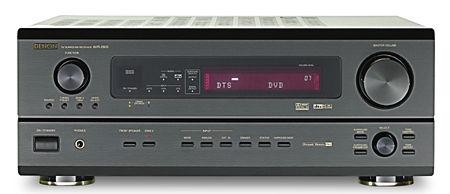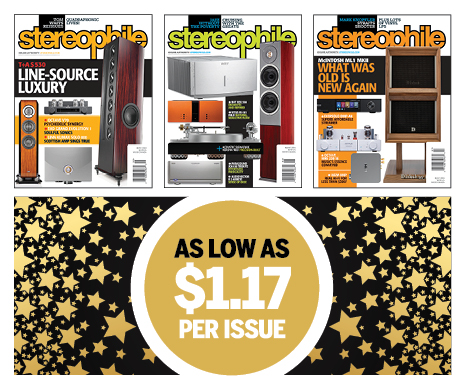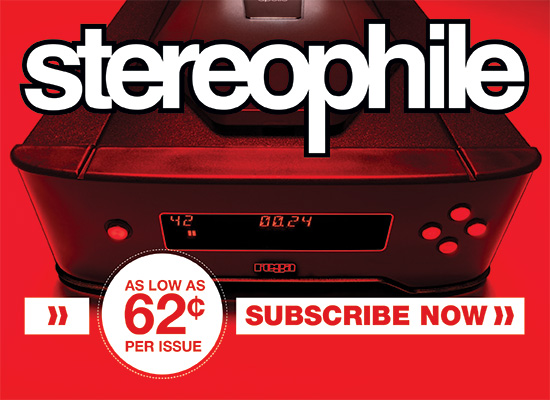Chris Lewis
|
Sep 01, 2003
|
Jul 14, 2003 |
Published: Jul 15, 2003
|
Jul 14, 2003 |
Published: Jul 15, 2003
|
May 12, 2003 |
Published: May 13, 2003
|
Feb 24, 2003 |
Published: Feb 25, 2003
|
Feb 11, 2003 |
Published: Feb 12, 2003
|
Dec 19, 2002 |
Published: Dec 20, 2002
|
Dec 19, 2002 |
Published: Dec 20, 2002














